Road trip to Spring! By Liam Doran – SIGMA Ambassador
For many of us living in the mountains or northern latitudes, it’s been a long, cold, white winter. And while often times this can mean fun on the slopes skiing with friends or adventures on snow machines, it also means shovelling roofs and short bleak days. But spring is upon us and it’s time to crack out of winters embrace and trade snow boots for flip flops and shovels for cameras. It’s time for a road trip to find warm weather and springs brave colours!
Its no accident that I live in a geographic location that lets me escape winter in a half days drive or less. West of me is the high desert and all its offerings of camping and biking in a beautiful landscape of red rock towers and pinyon pines that just begs to point your lens at.
While the majority of my photography is assigned by magazines, outdoor brands and tourism boards, this adventure had a simpler directive. Fun. I’d hit the road chasing friends and family and dogs around campsites and trails. Of course, when I’m in such a beautiful place it’s hard not to break away for a few mornings and evenings of landscape and wildlife photography.
More often than not you’ll find me out shooting with professional grade Art and Sport series lenses. But with an emphasis on fun, I decide to lighten up my pack with some key lens choices. SIGMA’S Contemporary lens lineup has some excellent choices that combine optical excellence with lightness and packability. Here’s my kit and why I chose each lens.
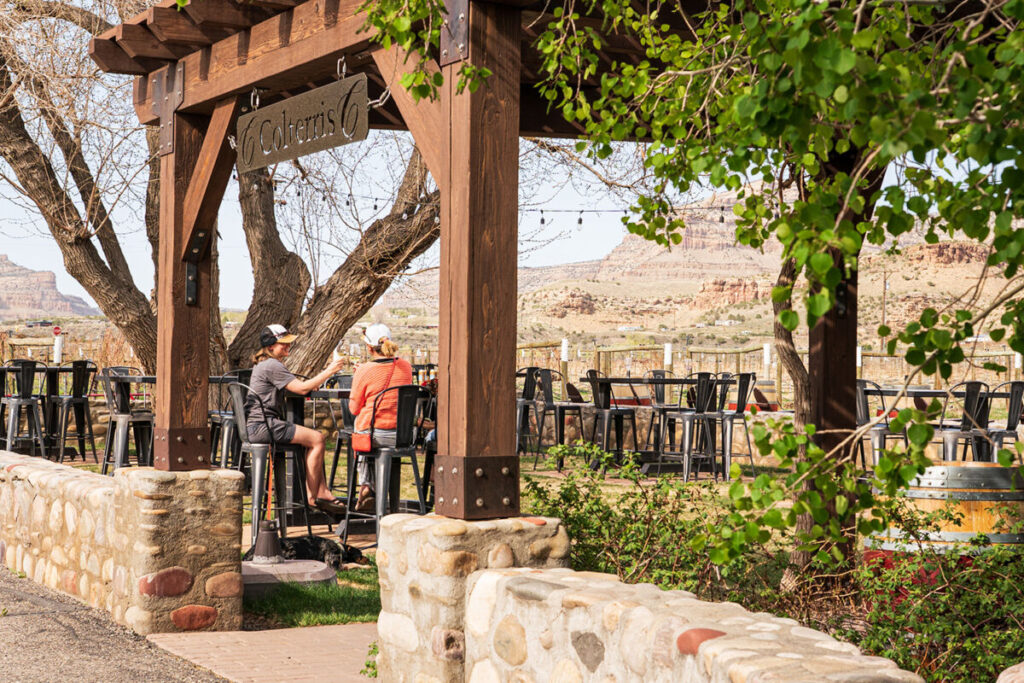
The winery next door.
SIGMA 18-50 DC DN.
1/400 sec. f/7.1
ISO 250
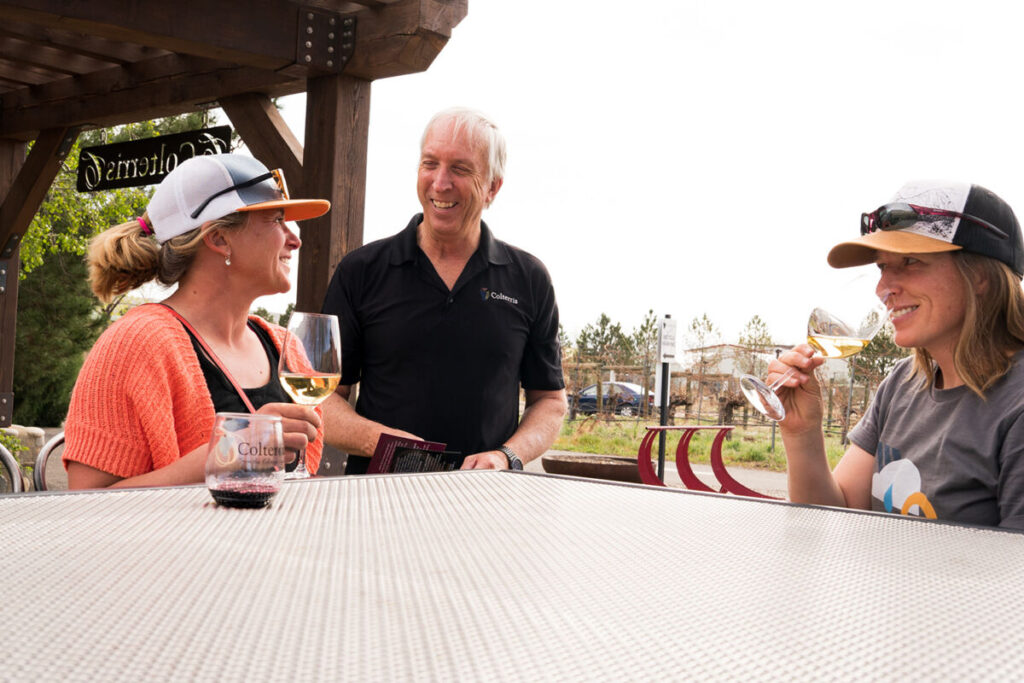
Enjoying wine with friends.
SIGMA 18-50 DC DN.
1/250 sec. f/7.1
ISO 250.
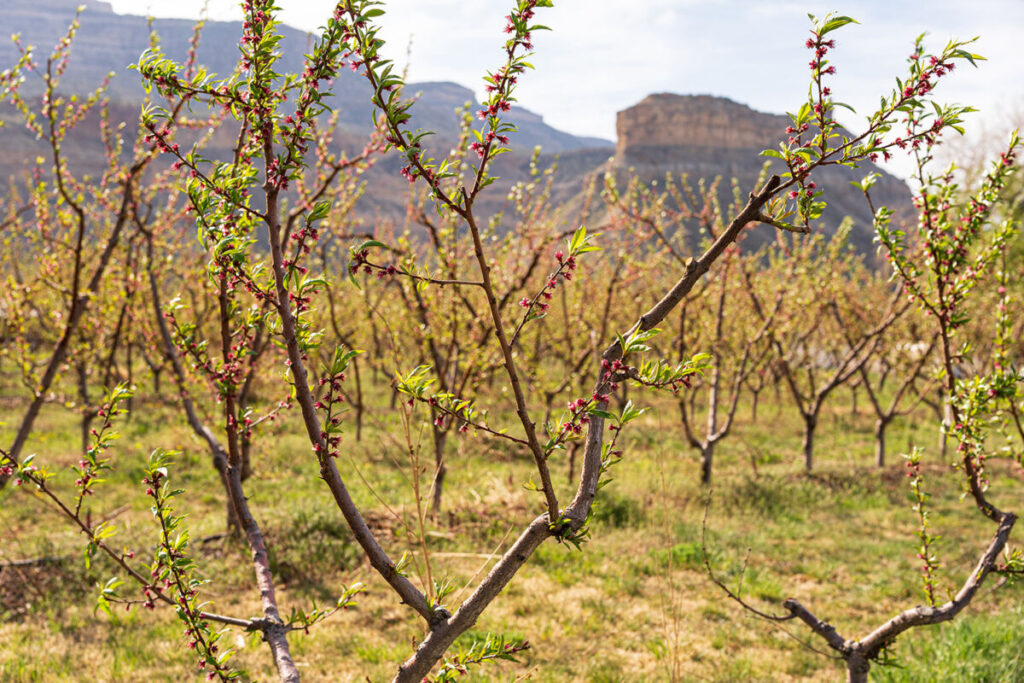
Spring on display in the
vineyard.
SIGMA 28-70 DG DN.
1/640 sec. f/5.6
ISO 200.
My primary lens for landscape will be the SIGMA 28-70 DG DN C. This zoom range is critical for the landscape shooter, and it is much lighter the Art lens I usually bring with me. It has a constant f/2.8 aperture, internal zoom and feels great in the hand.
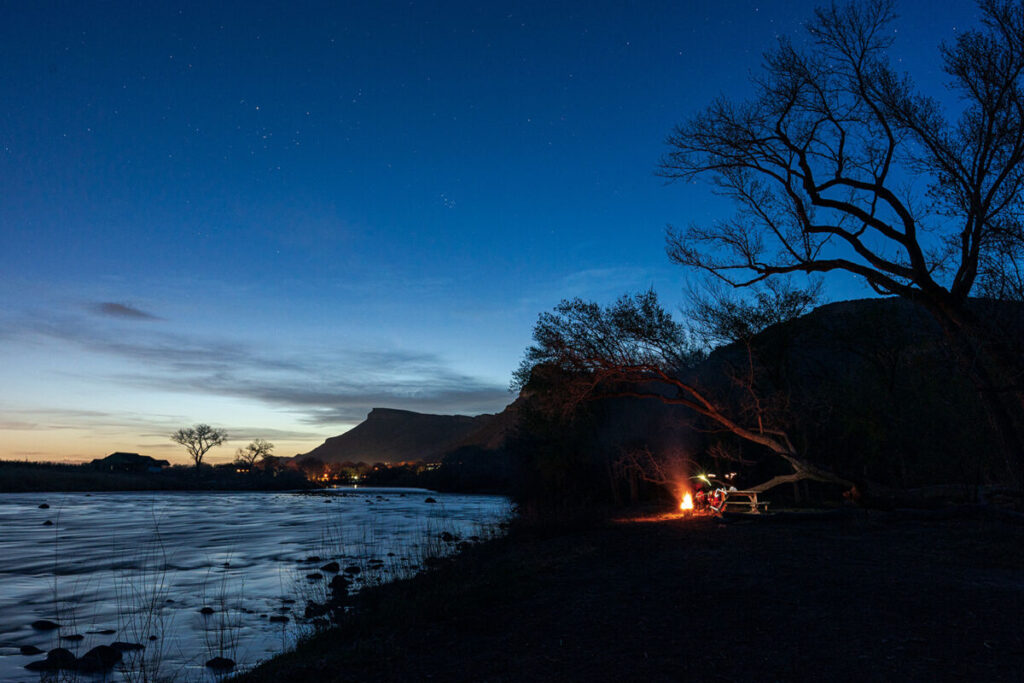
Camping on the river.
SIGMA 28-70 DG DN.
13sec. f/8
ISO 1000.
For hiking and biking I opt for the SIGMA 18-50 DC DN C. This lens is so small and light its almost, dare I say it, cute! Again it features a constant f/2.8 aperture and impressive autofocus speed and accuracy even with fast moving subjects. This is a crop sensor lens but when I mount it to my Sony a9II body the camera automatically goes into crop mode. A very cool, and handy, feature indeed.
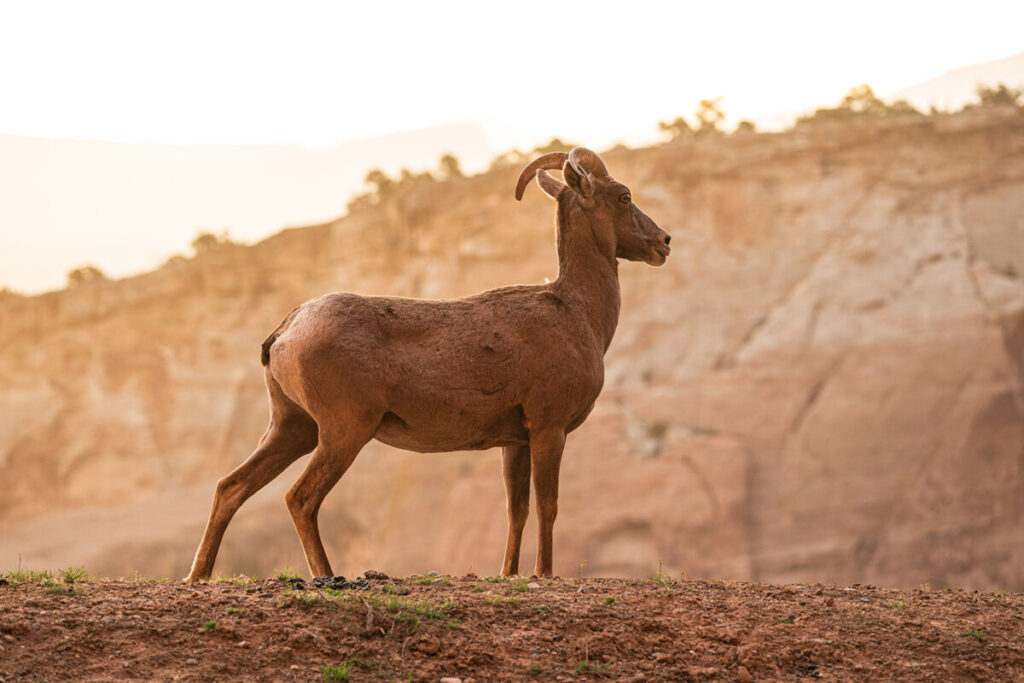
Bighorn Ewe in morning light.
SIGMA 100-400 DG DN. 1/250 sec. f/7.1
ISO 1000
Finally, for my wildlife lens I bring the venerable SIGMA 100-400 DG DN C lens. This is one of my favorite lenses in the SIGMA lineup and I have used it extensively. In fact I had it with me on a recent assignment to Norway where it proved its value once again. This lens is light in the pack, fast to focus and features pro level image quality. I have had numerous photos published with this lens and will certainly have more in the future.
This will be my lens trifecta on the road. One important attribute I’d like to point out is versatility. While I state that each lens has a particular subject to shoot, in reality any of these lenses can shoot travel, landscape, wildlife and action sports.
My time on the road chasing spring is simply fabulous. At our first campsite there is a vineyard right next door. And yes, they have a tasting room. We ramble over and sample vineyard right next door. And yes, they have a tasting room. We ramble over and sample some amazing Cabs, Malbecs, and a Chardonnay. Afterwards we settle into camp right on some amazing Cabs, Malbecs, and a Chardonnay. Afterwards we settle into camp right on the banks of the river. The sounds of soft water and crackling fire fill our ears and soothe our the banks of the river. The sounds of soft water and crackling fire fill our ears and soothe our souls as winters grip relaxes and we sigh deep sighs of contentment. souls as winters grip relaxes and we sigh deep sighs of contentment.
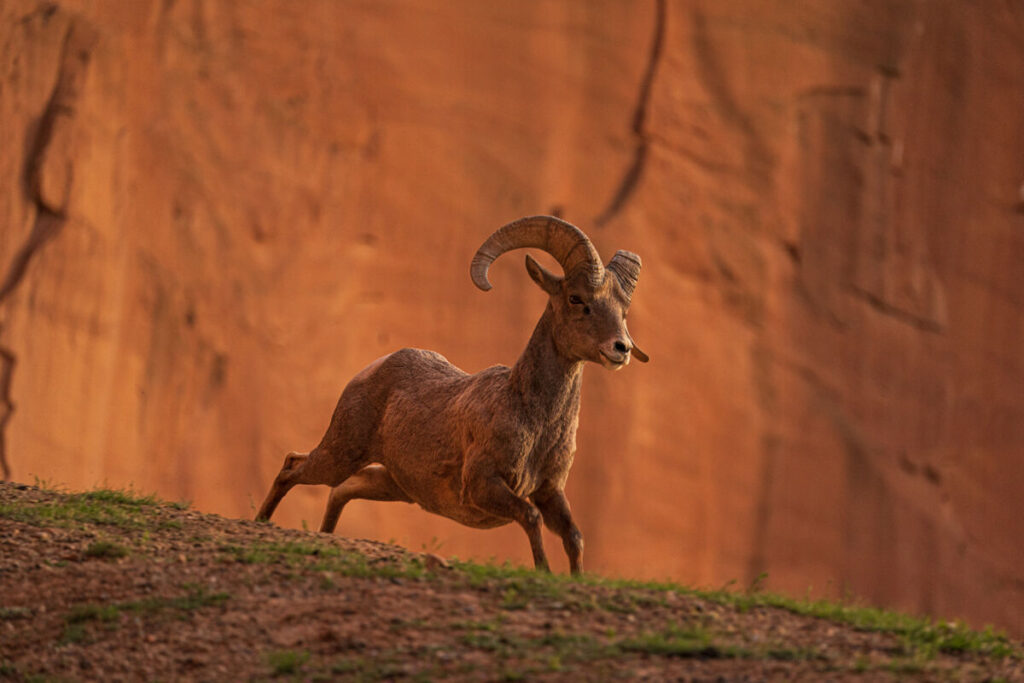
Bighorn Ram on his morning run.
SIGMA 100-400 DG DN. 1/500 sec. f/7.1
ISO 1250
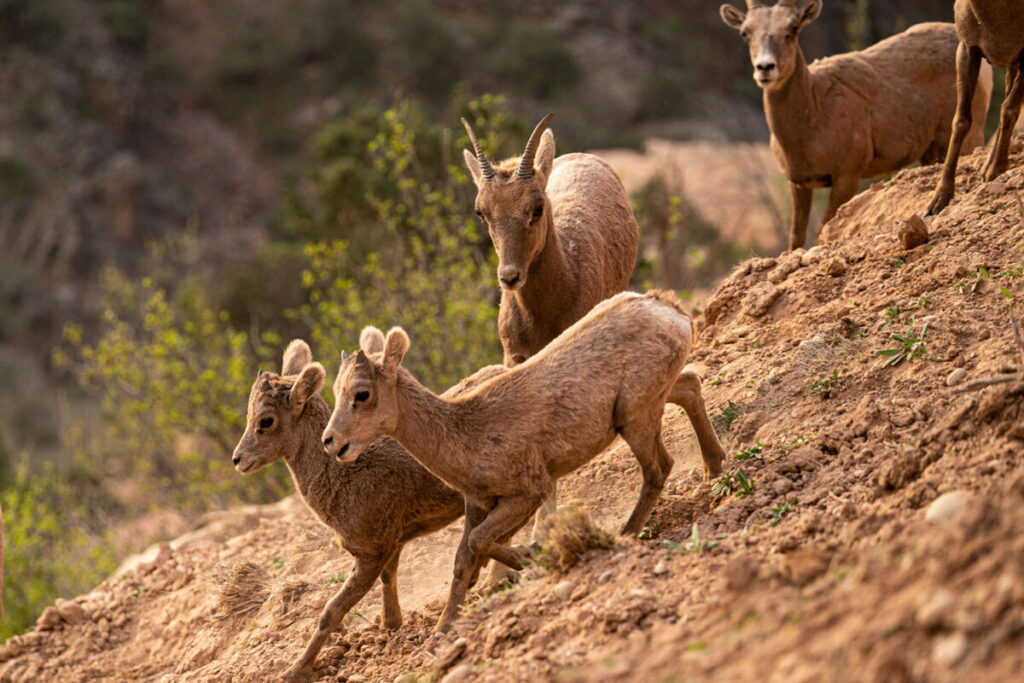
Spring lambs playing on the steep slopes.
SIGMA 100-400 DG DN. 1/400 sec. f/7.1
ISO
1250.

Young ram chasing ewe on dusty slopes.
SIGMA 100-400 DG DN. 1/500 sec. f/7.1
ISO 1250.
The next day I take a scenic drive and find myself above beautiful red rock canyons. In the early morning canyon wrens sing their way through the cliffs and bighorn sheep gather after a night sleeping in the rocks. The light is warm and soft as the wind has stirred sand and dust high into the atmosphere taking the edge off the usually hard light found here.
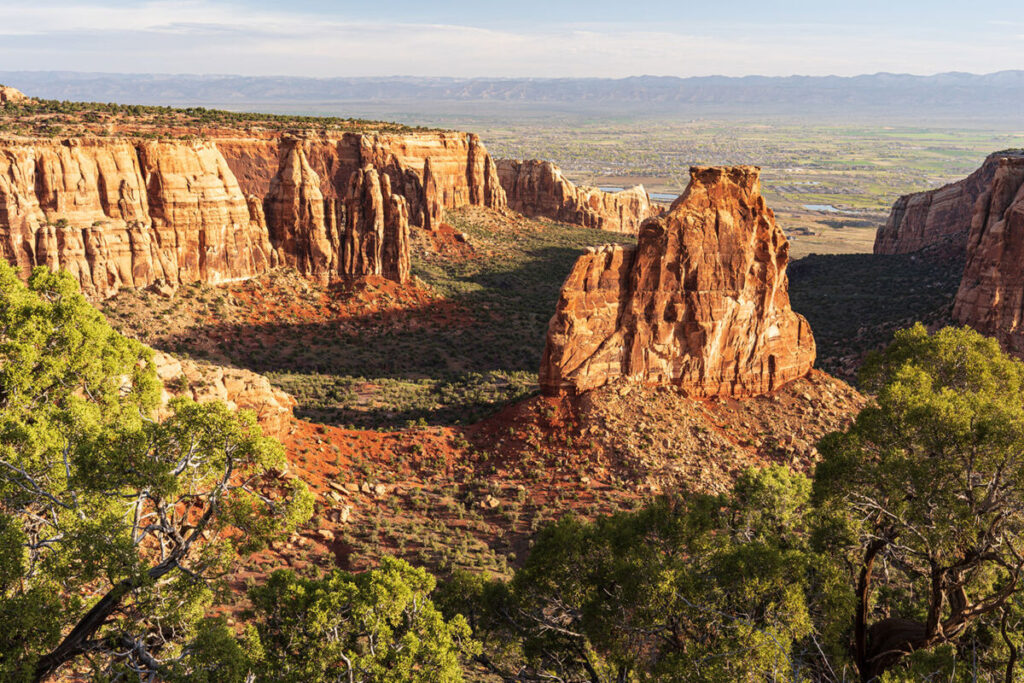
Red rock glowing in the morning light.
SIGMA 28-70 DG DN.
1/10 sec. f/14
ISO 100.
Polarizing filter.
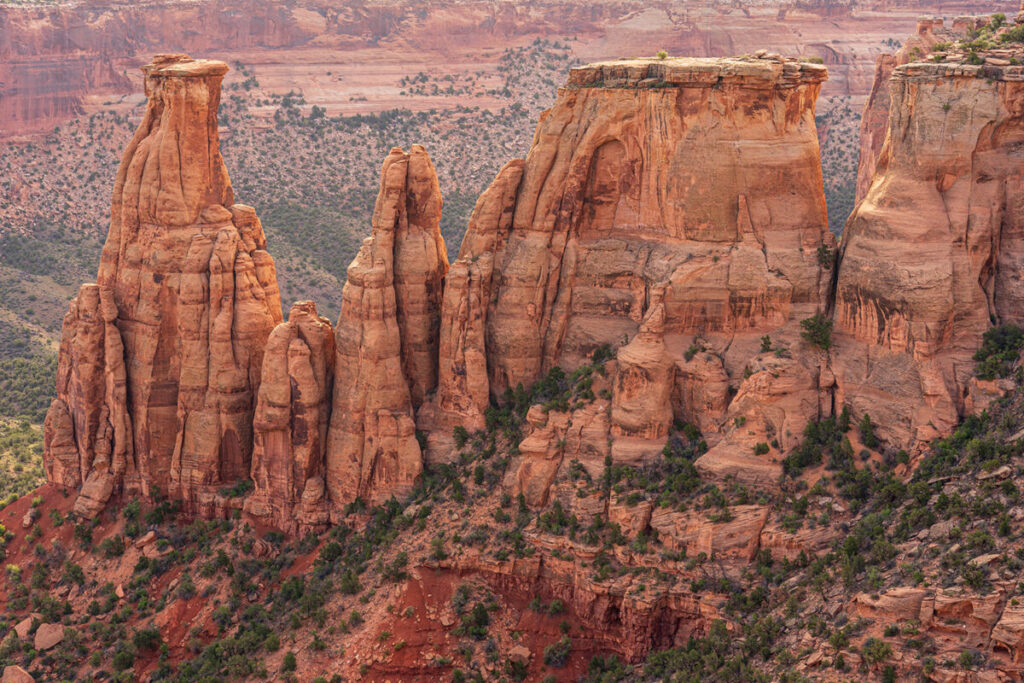
Soft warm light in the high desert.
SIGMA 28-70 DG DN. 1/160 sec. f/7.1
ISO 200.
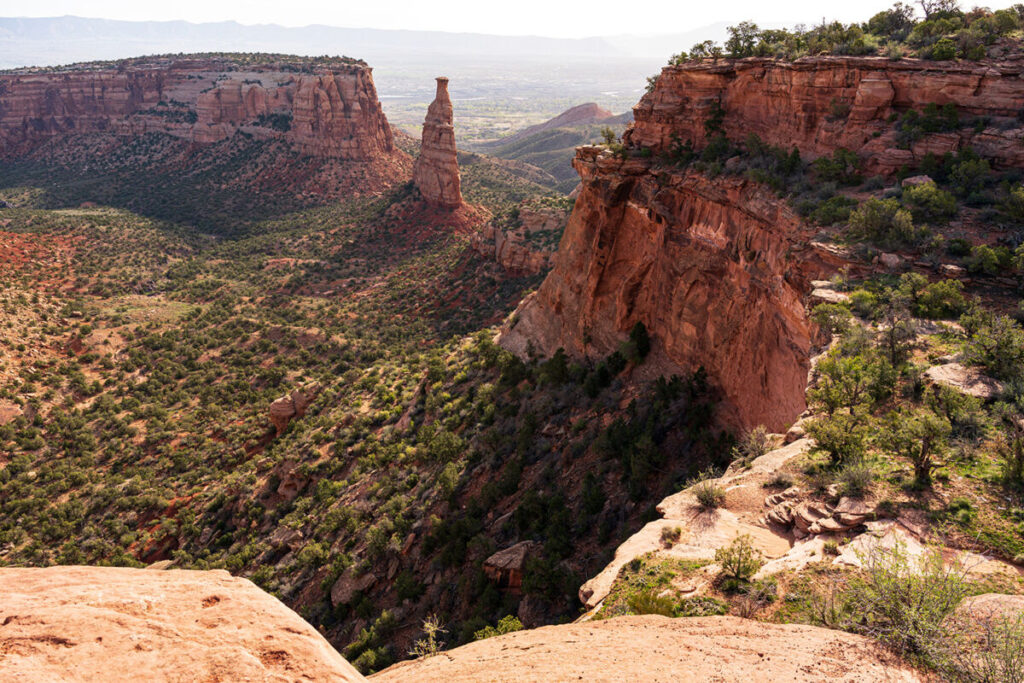
Peaceful moments in red rock country.
SIGMA 28-70 DG DN. 1/250 sec. f/8
ISO 200.
Our second camp has us right on some premium mountain biking trails that are great for kids just learning to ride and adults with years of experience. It also is a great place for action sports photography as the trails are readily accessible for evening and morning mountain bike shoots.
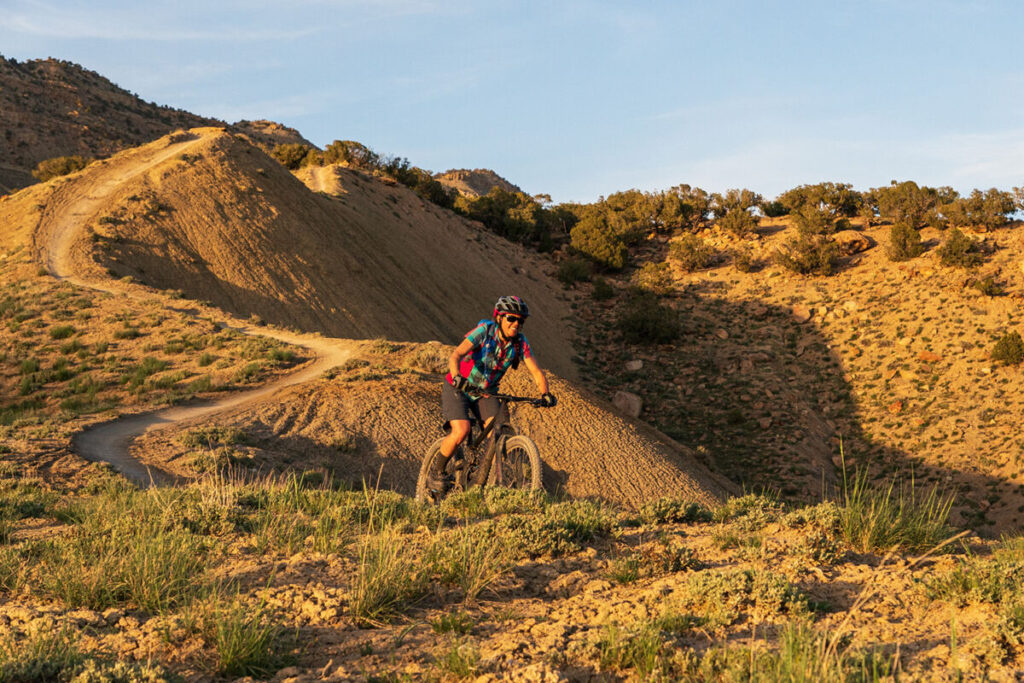
Sweet singletrack fun. SIGMA 18-50 DG DN.
1/1000 sec. f/6.3
ISO 640.
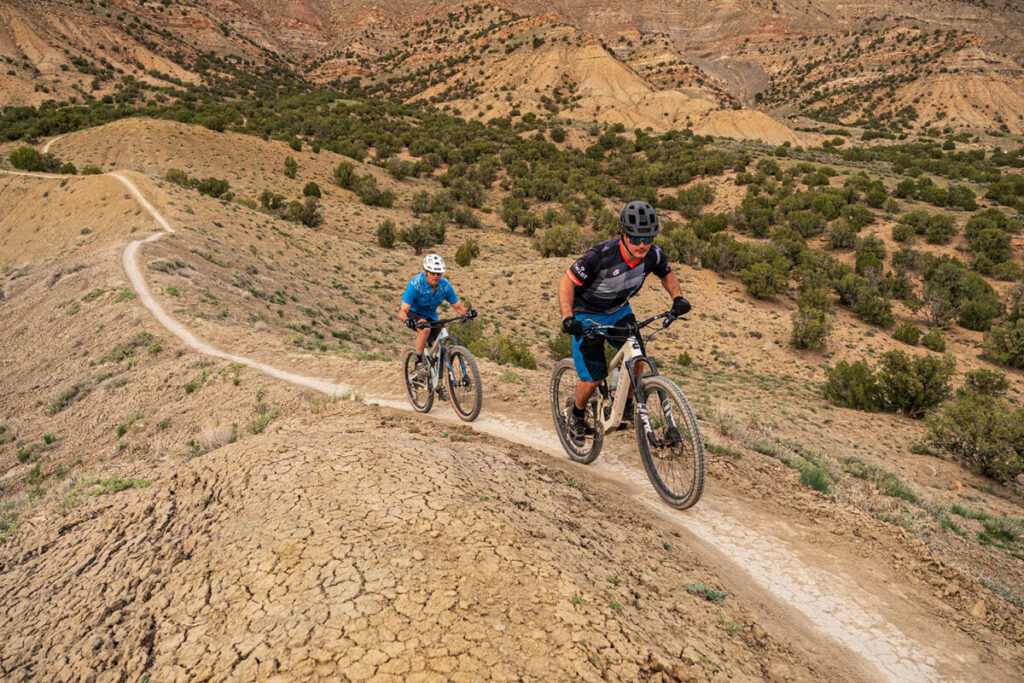
A wide view of the action. SIGMA 18-50 DG DN.
1/800 sec. f/4
ISO 1250.
After a few days shooting on the road I’m dusty and dirty and ready to head home. Shooting with Contemporary lenses has been incredibly fun and productive. I really enjoy shooting out of a super light pack, especially while riding my bike. If you are heading out for a spring or summer adventure and are looking to reduce the weight and bulk of your kit, I would highly recommend all of the lenses I shot on this road trip. Have fun, be safe and see you out there!
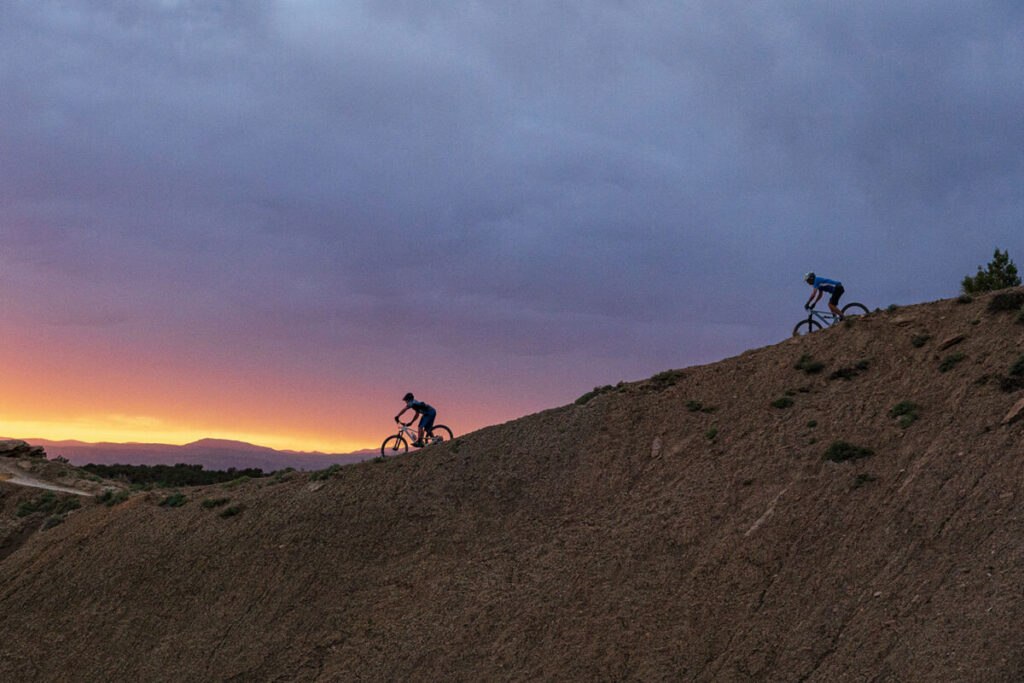
Sunset light on the trail. SIGMA 18-50 DG DN.
1/1000 sec. f/5
ISO 2000.
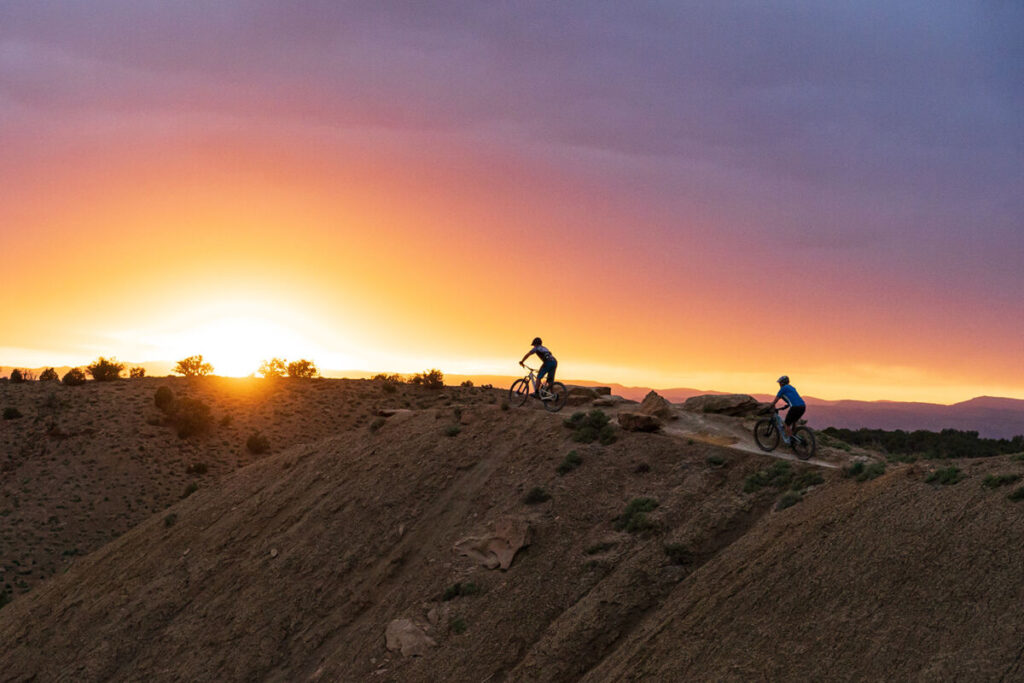
Last light on the ridge. SIGMA 18-50 DG DN.
1/1000 sec. f/5
ISO 2000.
All photos on Sony a9II camera. Copyright Liam Doran – SIGMA Ambassador




